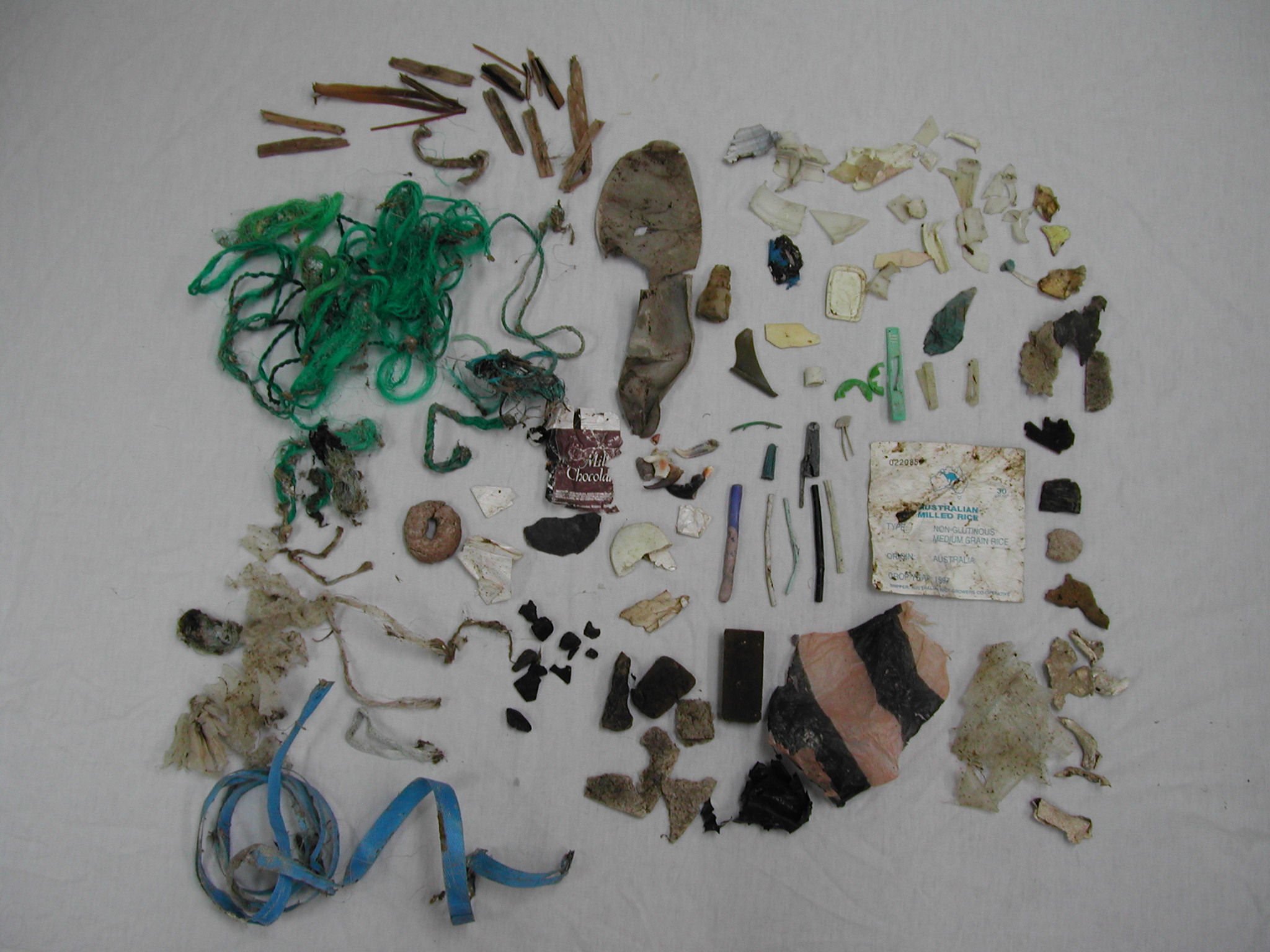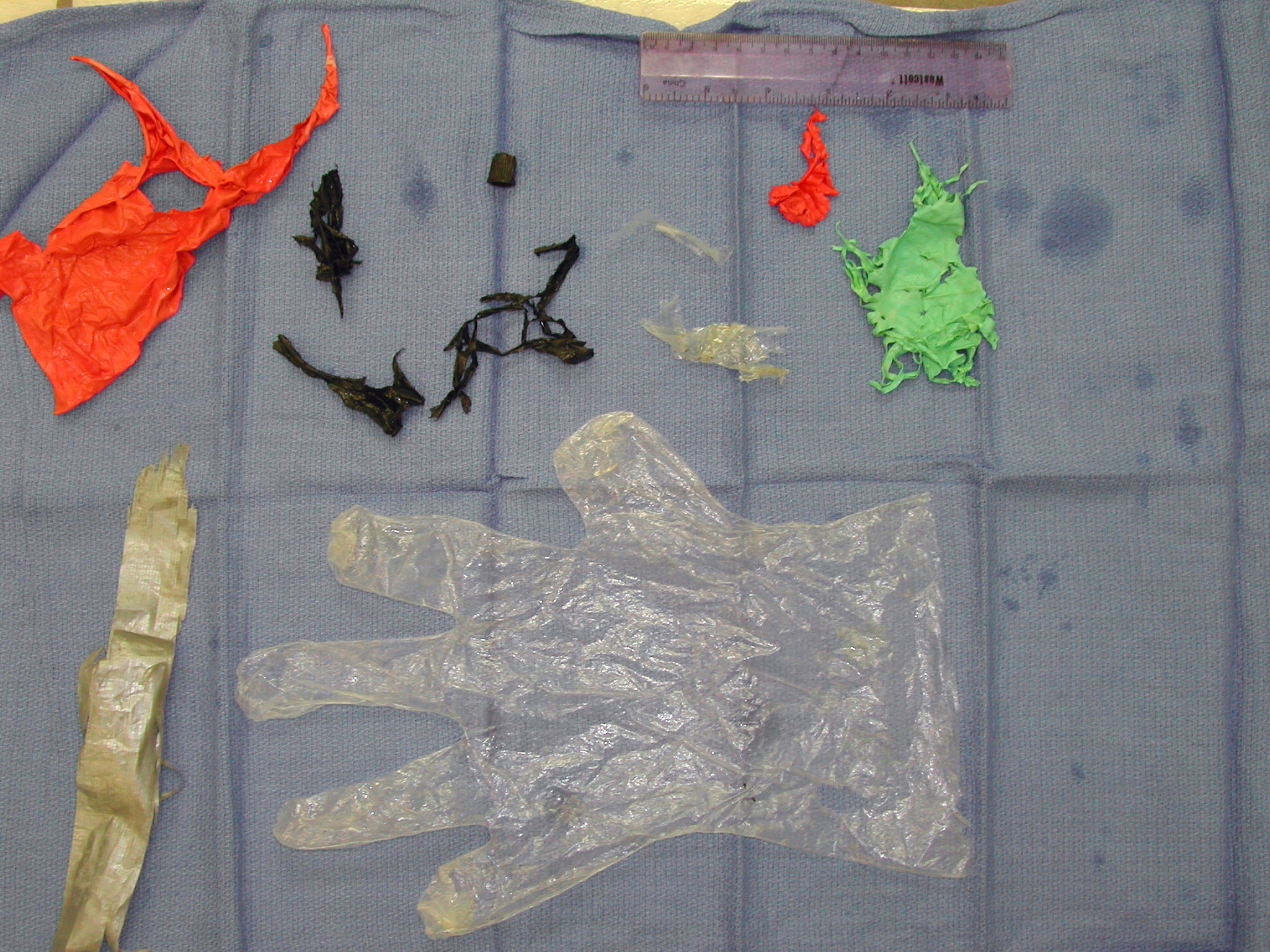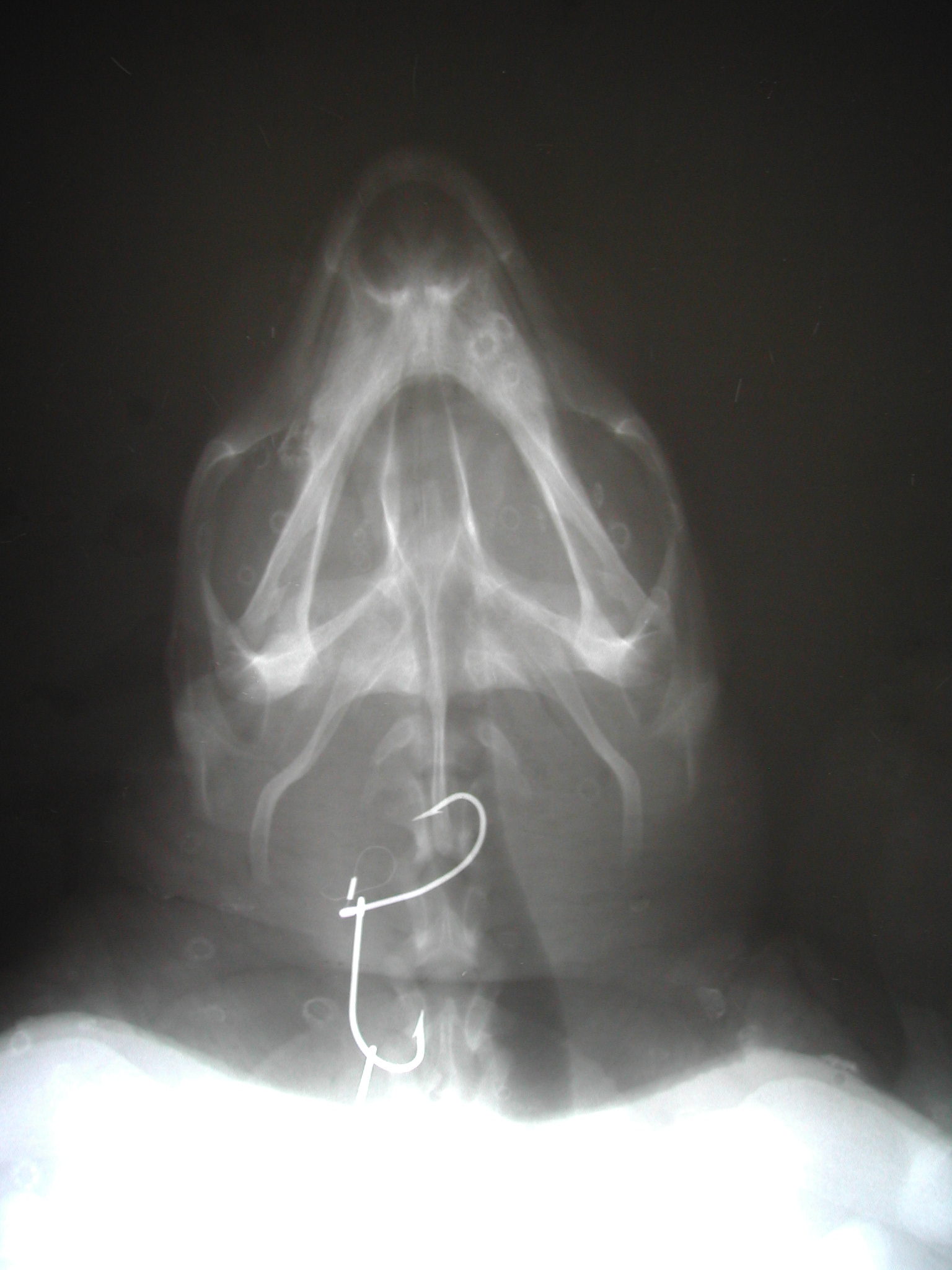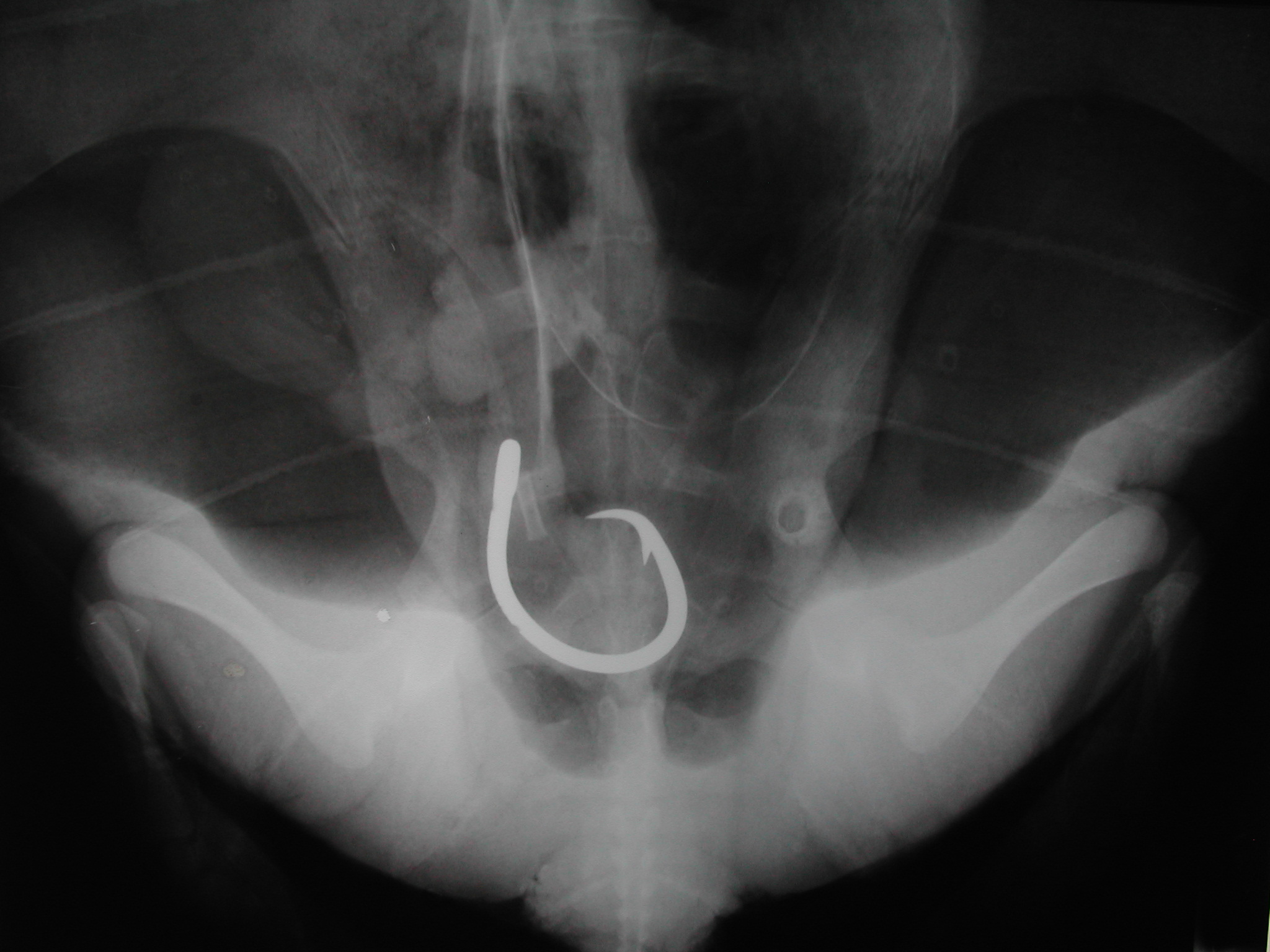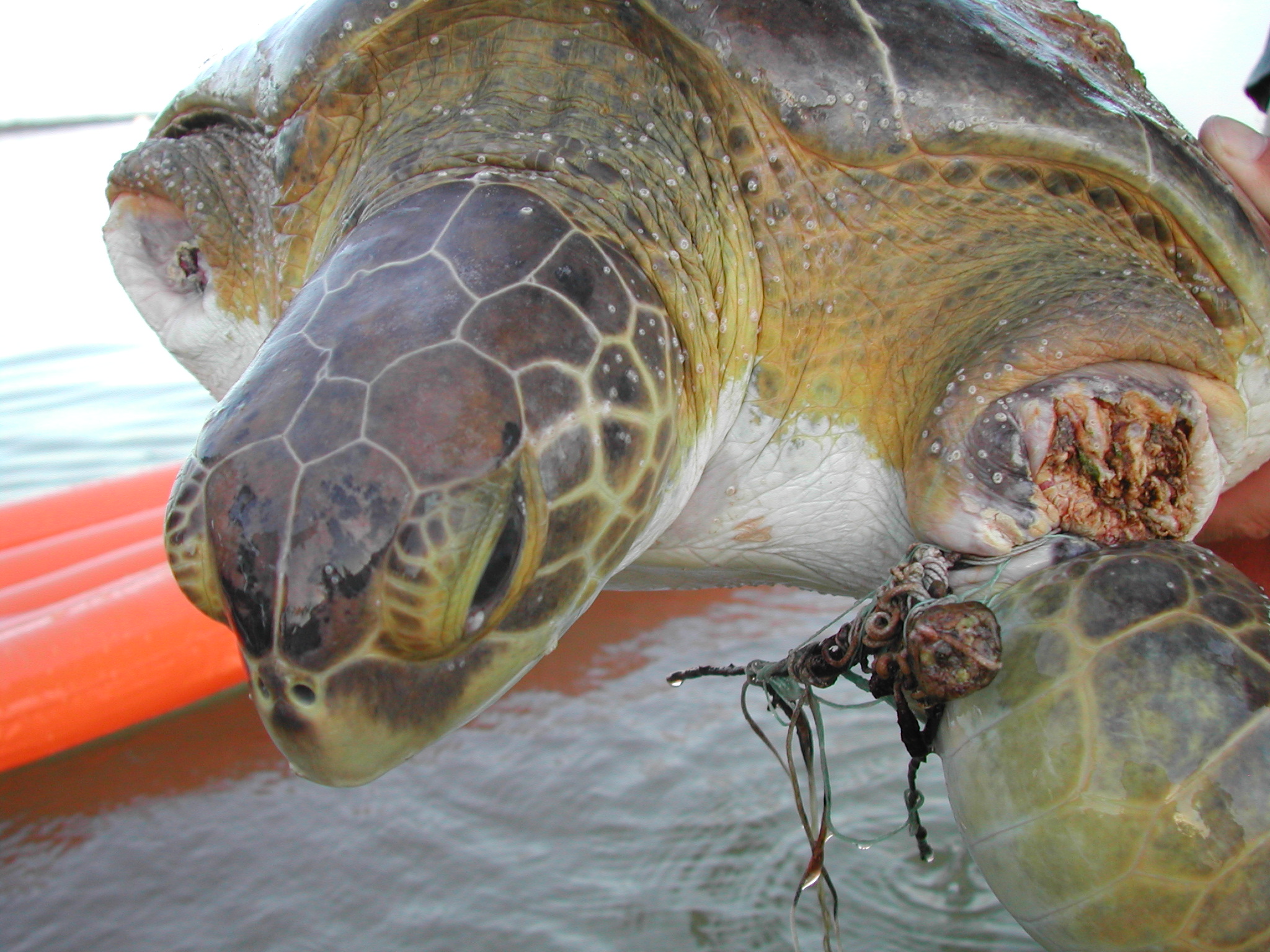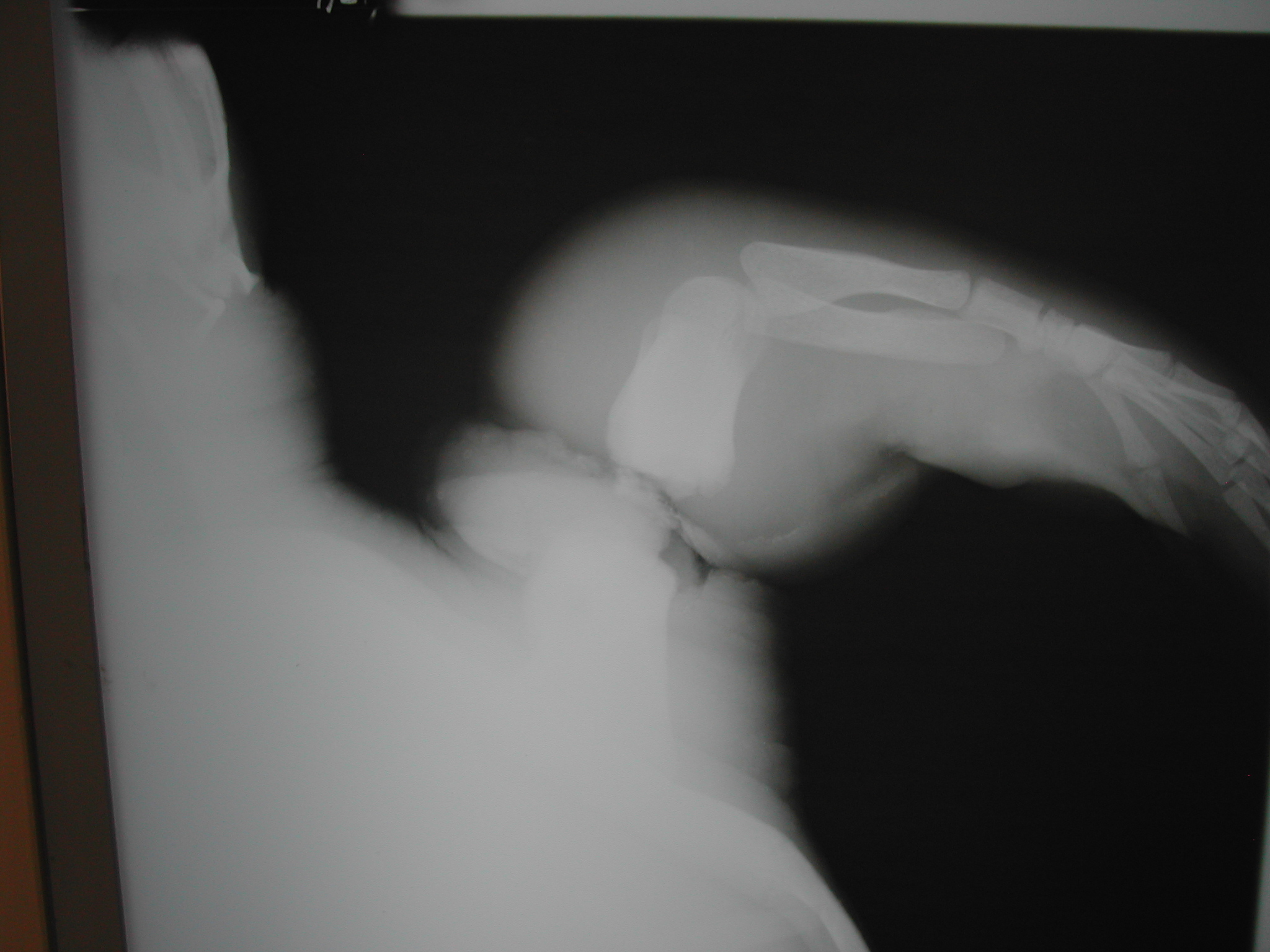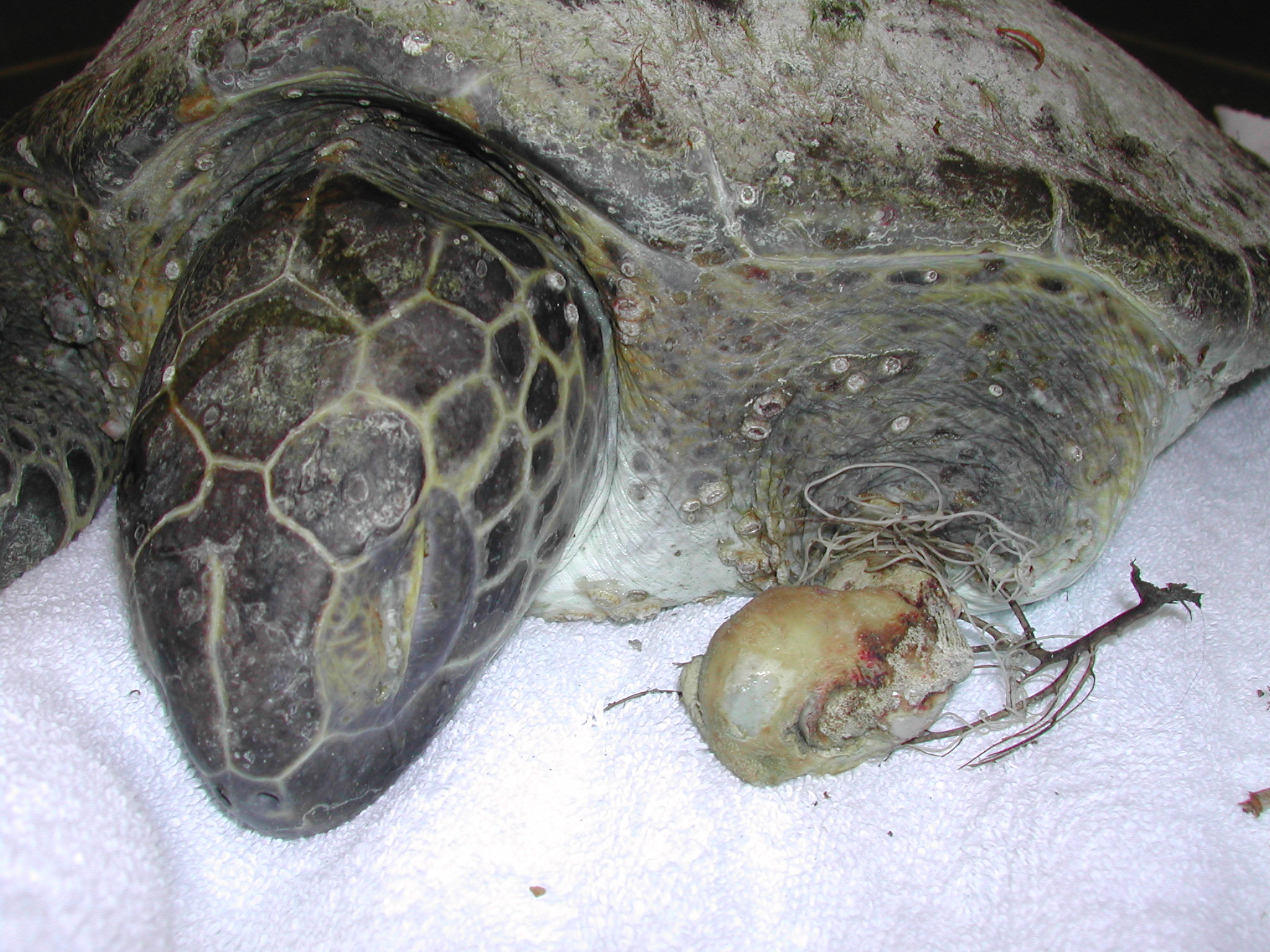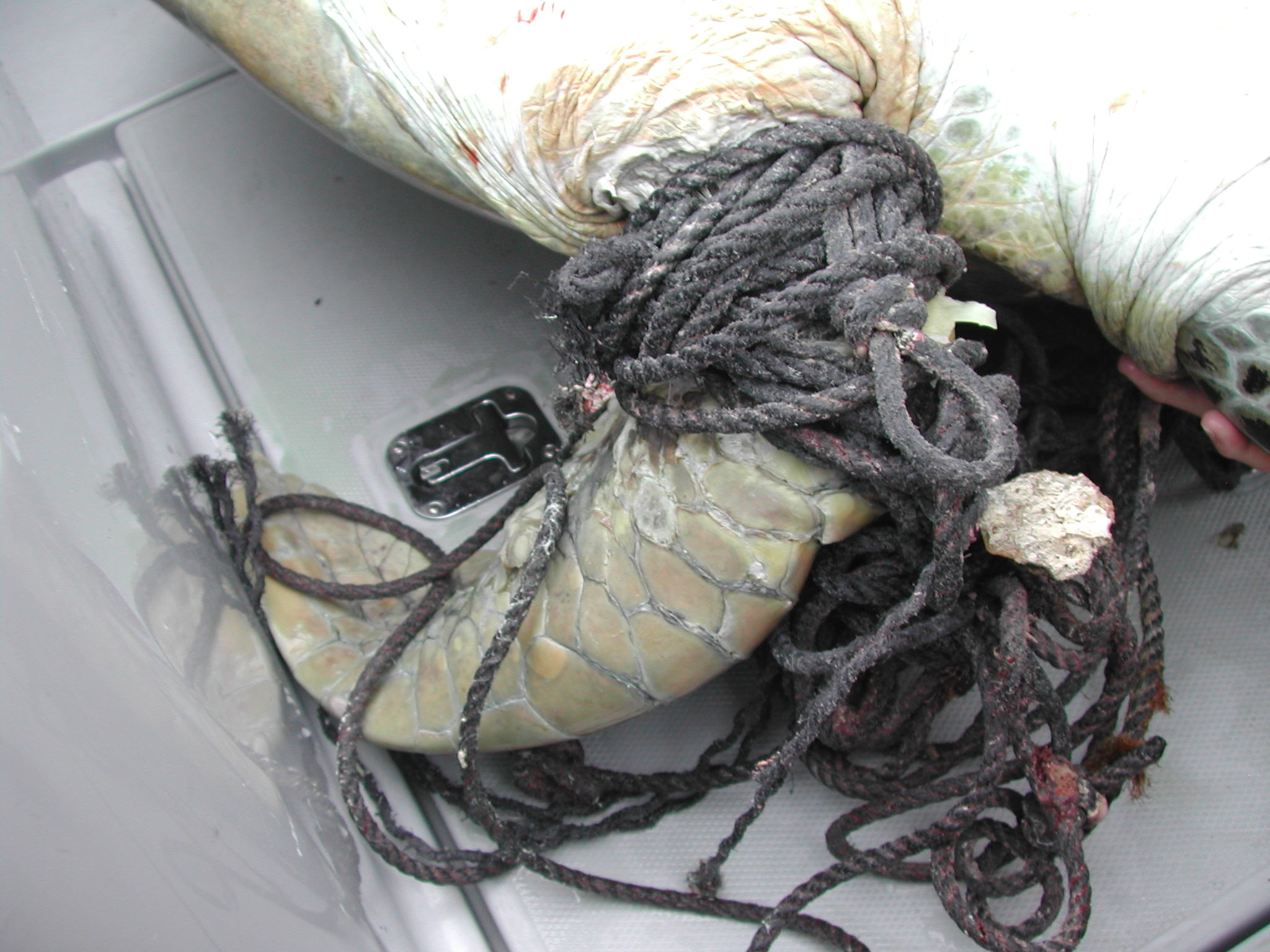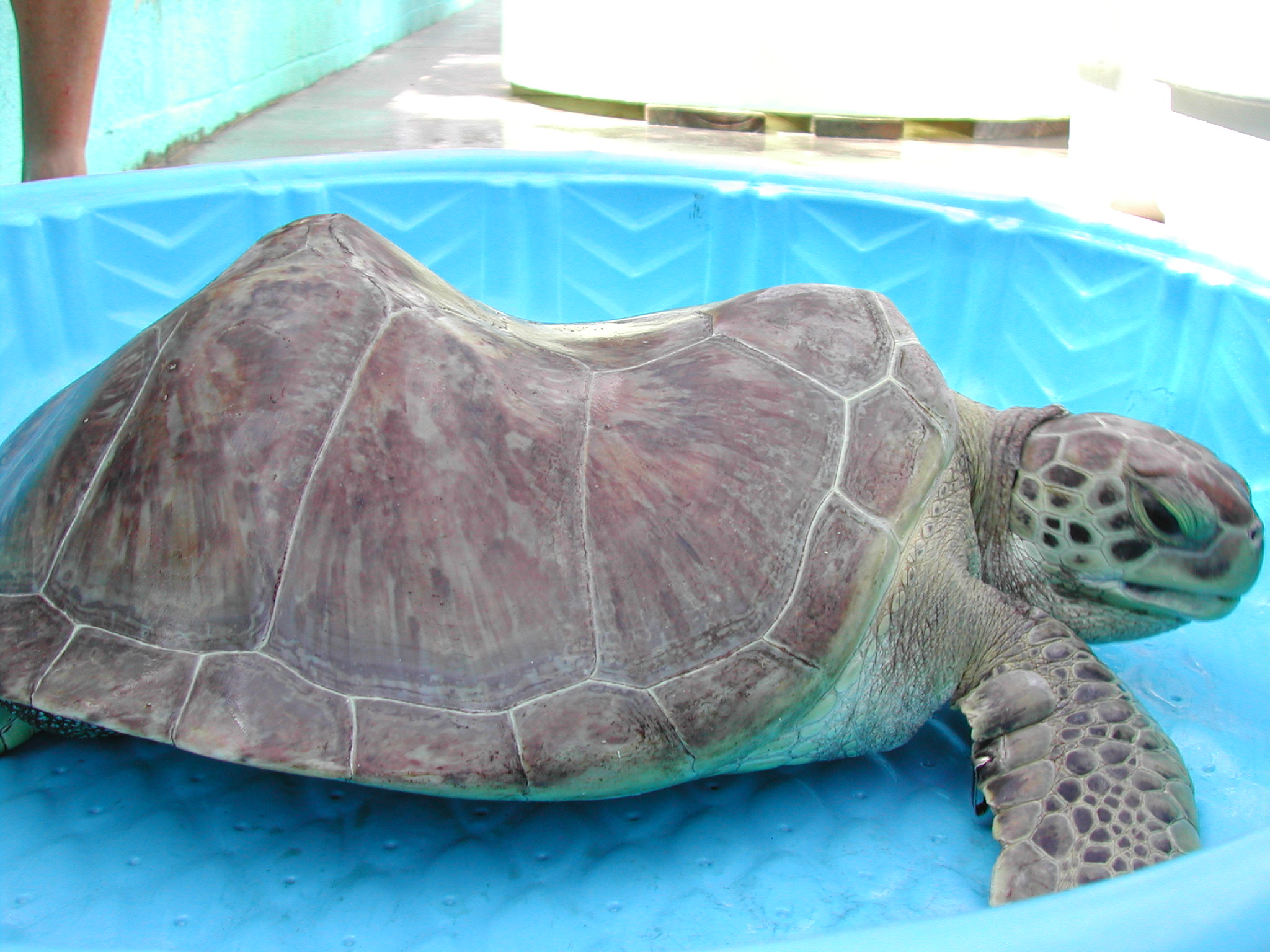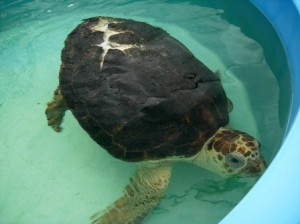The Florida Keys have some of the most beautiful water and coastlines in the world; an enchanting allure for boaters, fishermen, and tourists. Every year millions of people from around the world make the pilgrimage. Likewise, sea turtles have been drawn to these pristine waters for millions of years and for the exact same reasons. The beauty that boaters seek is a reflection of the rich ecosystem sought by the turtles.
Unfortunately, the human migration into the Keys has wrought negative and undesirable consequences, and we are only now beginning to truly understand the full impact we make. Before humans, the Florida Keys environment experienced change slowly, on a very long time scale. The arrival of humans suddenly placed a tremendous pressure on the ecosystem in a very brief period of time, causing considerable strain on the natural systems to manage the added load. In addition to the increased pollution, depletion of certain fish and other marine populations, and coastal degradation, the introduction of synthetic material, such as plastics and fishing line, presents a brand new danger.
Unfortunately, the increase in human activity in the Keys has lead to a decline in sea turtle survival and abundance.
IMPACTIONS
Turtles are opportunistic feeders, meaning they will eat just about anything – sort of like a billy goat. Unfortunately, it is nearly impossible for a turtle to break-down synthetic material once it is ingested, and very often it will cause an intestinal blockage, called an impaction. Of course, a turtle has little chance of eliminating the impaction on it’s own in the wild and this condition will usually end to starvation. This is one reason why we need to keep track of our trash and make sure it is properly disposed of. Here at the hospital, impacted turtles are treated with a combination of Metamucil, Fiber and Vegetable Oil.
The above pictures are of trash taken from two different turtles’ intestines.
Turtle’s may also ingest fishing hooks which obviously can cause damage to a turtle’s digestive tract. If a turtle comes to the hospital with a hook inside, we treat it the same way we would treat an impaction, that is, with Metamucil and vegetable oil. With luck, the hook will pass. If the hook does snag the esophageal or intestinal wall, it will hopefully rust-out in a number of months.
ENTANGLEMENT
We see turtles caught in fishing line and buoy lines very often. Fishing line takes 600 years to biodegrade. So, every single piece of fishing line that has ever been put out there is still there, and there is more and more every day. Monofilament fishing line is extremely strong and is very difficult to snap. If you fish, or if you see someone else’s discarded line, please dispose of it properly. Monofilament recycling bins are now located on every single fishing bridge, beach and marina here in the Florida Keys. If you pick up a piece of fishing line, you will save a life…in it’s 600 year life span, it will get caught on something whether it’s a turtle, a shark, dolphin, fish or coral.
Turtles swim by moving their flippers in a circular fashion, so quite often, they will become entangled in buoy lines. Once caught, it is very difficult to escape. Turtles may drown or loose a flipper due to loss of circulation.
BOAT HITS

